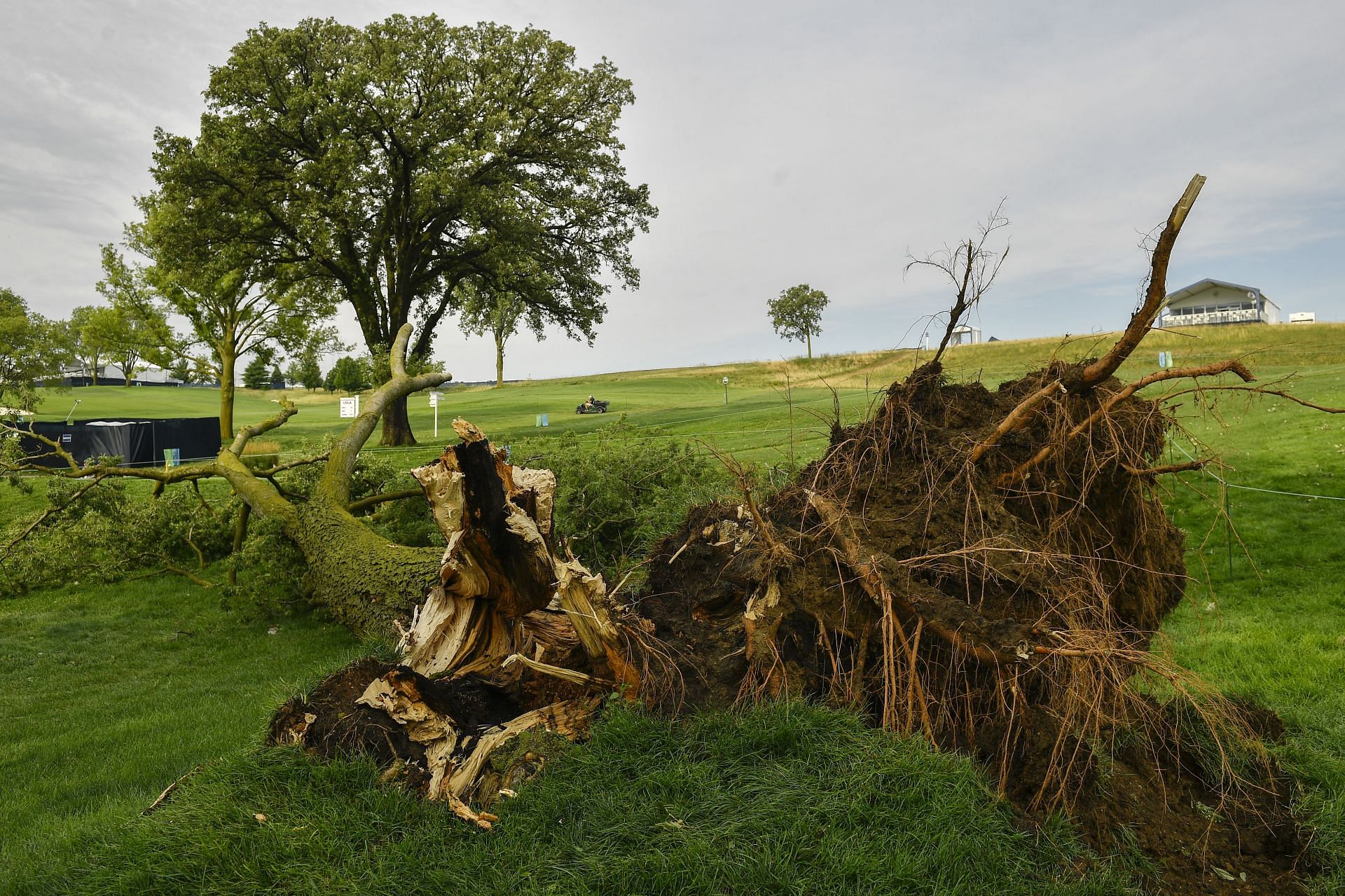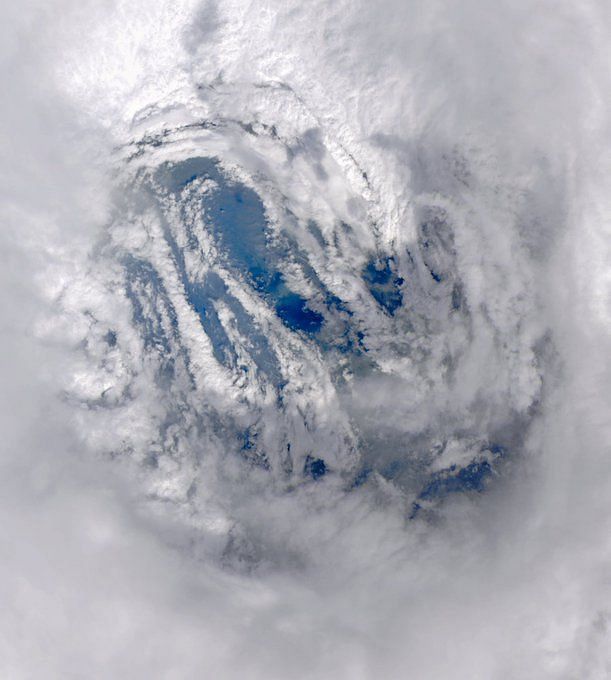
Lamar Jackson baffled after watching weather reporter covering Hurricane Ian get hit by flying branch
Before Hurricane Ian came along, Lamar Jackson had been called unorthodox by some for how he handled his contract negotiations. However, when it comes to choosing how to report on a hurricane, most would agree that the quarterback's suggestion was par for the course.
In response to a video posted on Twitter by Dov Kleiman, Jackson said that he would have reported on the storm via Zoom.
"I would've been telling the weather live from Zoom if I was that guy"
In the video, a reporter is seen standing out in the open, in the middle of Hurricane Ian, as he gets blown around by the roughly 100 miles per hour gusts of wind. He is seen trying to report from the middle of an empty street but is quickly hit by a six-foot tree branch.
After getting hit, he audibly declares he needs to get somewhere else, moving towards a street sign. Upon getting to the street sign, he is seen holding on for dear life. The news anchor asks if the reporter is alright. In response, he said that he was fine and was just unable to stand up.
Eventually, he was able to push himself from the street sign towards the camera and a safer position. Once reaching the camera, he says he's just going to let everyone view what the camera is seeing.
Hurricane Ian update: What is the latest on heavy storm in Florida?

According to CNN, the damage assessment is still ongoing. Hurricane Ian made landfall in Florida on Wednesday, crashing into several towns as it made its way north.
According to PowerOutage.us, 2.5 million people are without power. The hurricane set records for the highest water levels ever recorded in multiple places due to the amount of rainfall over the course of 12-24 hours.
According to CNN's Storm Tracker, Ian made landfall on the west coast of Florida near North Port and Cape Coral before cutting east through the state and eventually hitting the Atlantic ocean on Thursday morning.
The storm is expected to head out into the Atlantic before curving back inward towards the east coast, hitting Charleston, South Carolina on Friday morning.
By Saturday, Charlotte, North Carolina is expected to be hit before the storm ultimately fizzles out.

